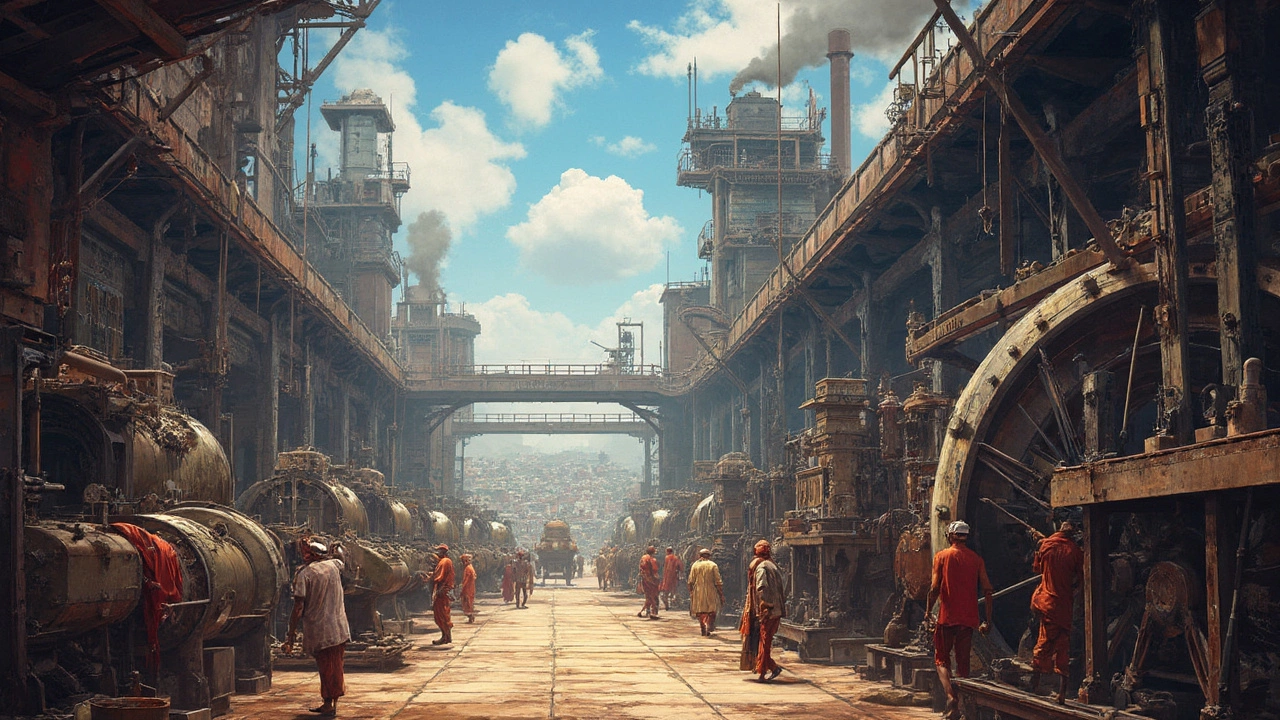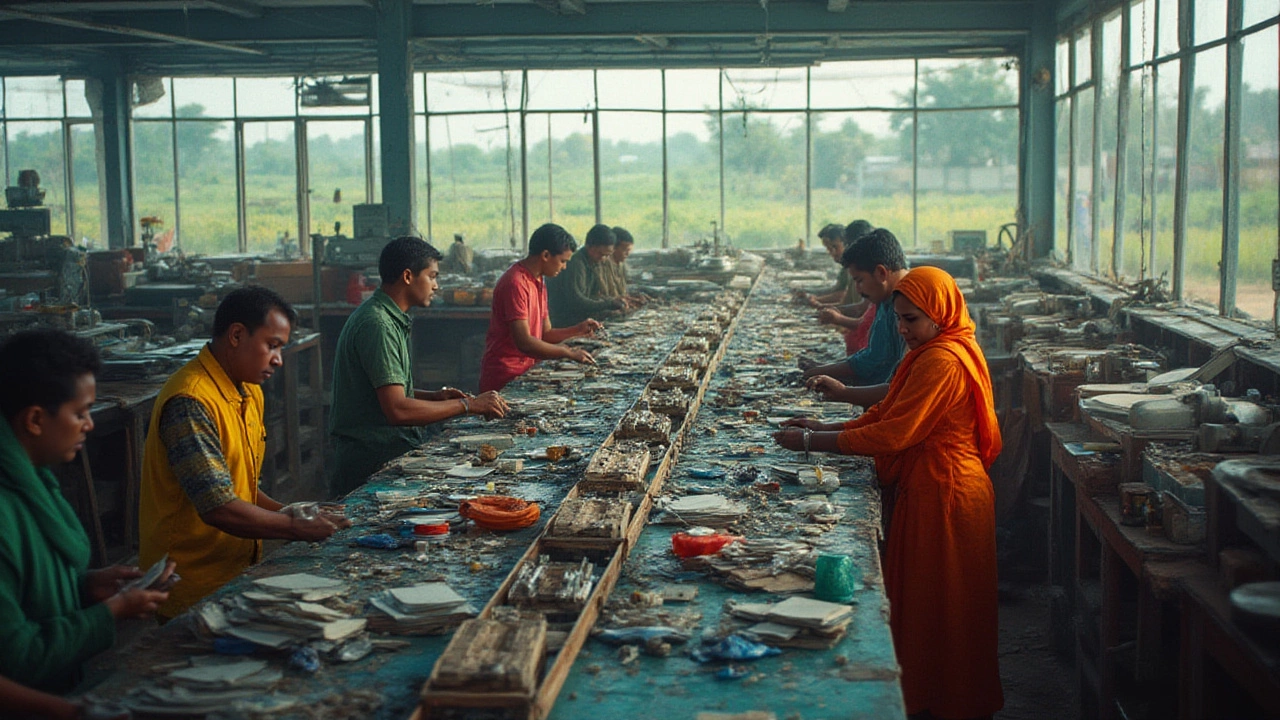Factory System: How Modern Production Lines Keep India Moving
When working with Factory System, the integrated network of processes, equipment, and people that turns raw inputs into finished goods. Also known as production system, it drives everything from car parts to plastic films and textile looms across the country.
The Manufacturing, the core activity of converting raw materials into market‑ready products piece of the puzzle supplies the physical output, while Automation, the use of robotics, sensors, and software to streamline repetitive tasks boosts speed and cuts errors. A well‑designed Supply Chain, the flow of components, information, and finished goods between suppliers, factories and customers stitches together raw material sourcing, in‑plant movement and distribution. Finally, Sustainability, the practice of minimizing waste, energy use and emissions while maintaining productivity ensures the system stays viable for the long run. Together these elements form a loop where factory system encompasses manufacturing, relies on automation, links supply chain partners, and is shaped by sustainability goals.
Key Elements of a Modern Factory System
First, production lines are no longer just rows of machines; they are smart hubs that collect data in real time. Sensors on a plastic extrusion line, for instance, feed the control system with temperature and pressure readings, letting operators tweak settings before a defect occurs. This data‑driven approach is why posts about the 2025 plastic demand and the rise of recycled rPET matter – the factory system must adapt quickly to market shifts.
Second, workforce skill sets have evolved. The "Highest‑Paying Factory Jobs" article shows how roles like industrial electrician or process operator now require digital literacy alongside traditional trade knowledge. When factories add new robotics, the supply chain team must coordinate vendor deliveries, and sustainability officers evaluate the carbon impact of each added robot.
Third, energy consumption is under tight scrutiny. India's push for greener manufacturing means factories are investing in solar‑powered pumps, waste heat recovery, and efficient lighting. The link between sustainability and the factory system becomes clear when a plant reduces its electricity bill and improves its ESG rating at the same time.
Lastly, market dynamics such as the slowdown in car sales or the surge in plastic film demand directly affect how factories plan capacity. The posts on "Why Aren’t Cars Selling in India?" and "Which Plastic Is in Demand in 2025?" illustrate that a flexible factory system can shift resources – moving from auto component lines to high‑volume PET bottle production without a massive overhaul.
All these pieces – smart machinery, skilled staff, clean energy, and market responsiveness – weave together into a resilient factory system. Below, you’ll find a hand‑picked set of articles that dive deeper into each facet, from job prospects and material trends to sustainability tactics and supply‑chain tricks. Use them to see how theory translates into real‑world factory floor decisions.
The Factory System: A Game-Changer for Economics
The factory system revolutionized manufacturing by centralizing production in one place, leading to mass production and cost efficiency. This shift not only enhanced productivity but also significantly lowered product costs, making goods more accessible. It also created numerous job opportunities, transforming local economies and social structures. By cutting production costs and increasing output, the factory system played a crucial role in the economic landscape.
- manufacturing
- India
- food processing
- garden tips
- rice cultivation
- government schemes
- balcony garden
- urban gardening
- balcony gardening
- profitable business
- business ideas
- plastic manufacturing
- drip irrigation
- plant care
- steel manufacturing
- sustainable gardening
- startup ideas
- steel industry
- flower gardening
- textile manufacturers






